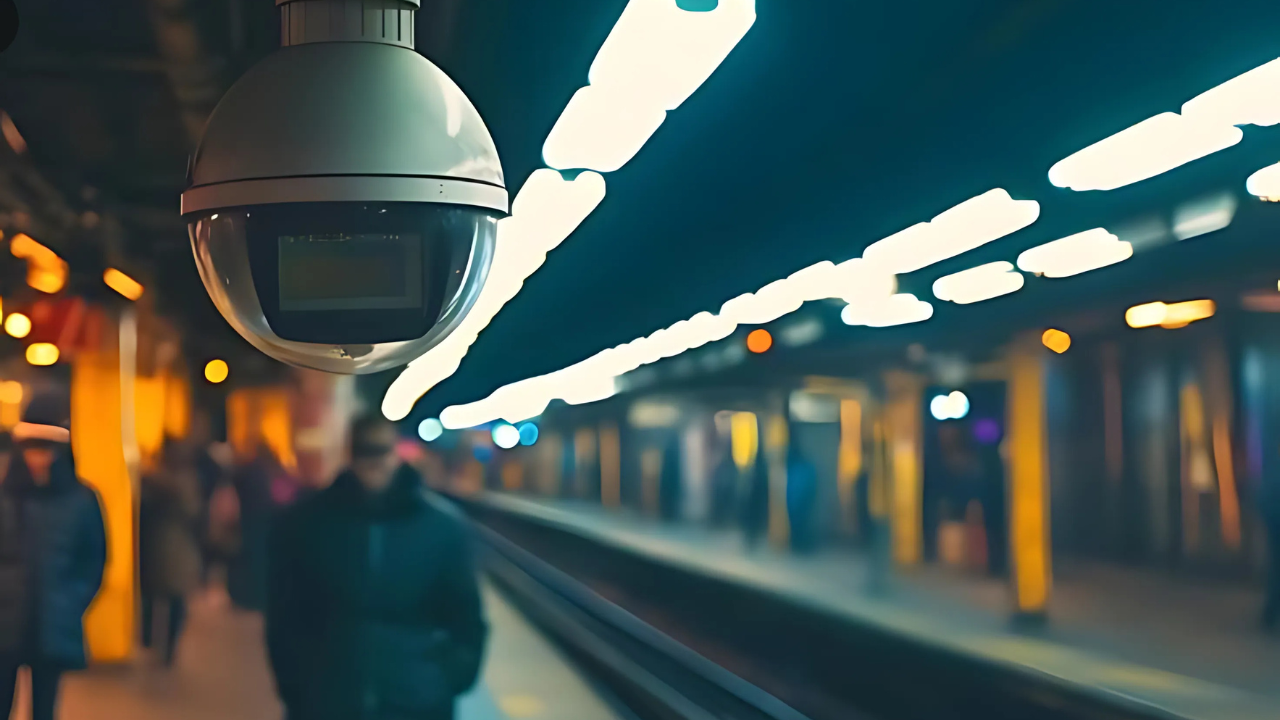
Post by : Meena Rani
Rail and metro systems have grown quickly in recent years, especially in countries like India. Every day, millions of people travel by train or metro, making it one of the busiest forms of public transport. But with rising passenger numbers come new risks—overcrowding, accidents, technical failures, and even crime. Traditional CCTV and human monitoring alone are no longer enough.
To meet these challenges, railway authorities are now adopting AI-powered surveillance systems. These modern technologies use smart cameras, sensors, and data analysis to make travel safer and more efficient.
Metro and railway stations often carry massive crowds. During peak hours, festive seasons, or emergencies, these stations become highly vulnerable. Tragic incidents, such as stampedes or accidents caused by technical failures, highlight the urgent need for better safety tools.
Conventional CCTV cameras rely on human operators, who cannot always monitor every corner in real time. AI technology solves this gap by automatically detecting problems, sending alerts, and helping authorities act faster.
1. Overcrowding Risks
High passenger density is one of the biggest safety concerns. Overcrowded platforms can lead to delays, medical emergencies, or even stampedes. The overcrowding tragedy at New Delhi Railway Station in 2025, which resulted in the loss of 18 lives, showed how dangerous unmanaged crowds can be.
2. Infrastructure Failures
Metro and railway systems depend on elevators, escalators, tracks, and tunnels. Technical glitches or mechanical failures can put lives at risk. For example, when an escalator reversed suddenly at Delhi Metro’s Kashmere Gate station in 2024, several passengers were injured.
3. Crime and Threats
Theft, harassment, vandalism, and even terrorism are rising concerns. Traditional security systems often miss early warning signs. AI-powered surveillance helps by identifying suspicious activities, tracking movements, and notifying authorities instantly.
AI-powered surveillance is more than just cameras. It combines computer vision, machine learning, and behavioral analytics to keep watch over passengers and infrastructure.
Key Features Include:
Computer Vision: Recognizes unusual actions, objects, or suspicious behavior in real time.
Machine Learning: Learns from past events to predict future risks.
Behavioral Analytics: Detects irregular crowd movements or sudden surges.
Automatic Number Plate Recognition (ANPR): Tracks vehicles at entry and exit points for security and traffic management.
Bangalore Metro:
In 2025, Bangalore Metro deployed AI-powered CCTV with ANPR technology to track vehicles and boost passenger safety at several stations.
Delhi Metro:
The Delhi Metro is introducing smart cameras with facial recognition at key stations under its Phase IV expansion. These systems aim to prevent unauthorized access and improve monitoring.
Indian Railways:
Plans are in place to install AI-enabled CCTV on locomotives and in major yards to prevent accidents and enhance monitoring.
Hong Kong Metro:
The Hong Kong MTR uses AI to study crowd movements and adjust train frequency in real time to avoid platform congestion.
Better Passenger Safety: Quick detection of threats helps reduce crimes and accidents.
Stronger Emergency Response: During medical crises or overcrowding, AI gives live updates, enabling faster action.
Reduced Human Error: Machines can monitor 24/7 without missing details.
Future Planning: Data insights help improve station layouts, scheduling, and infrastructure growth.
High Cost: Advanced cameras, sensors, and AI software require big investments.
Data Management: The system generates huge amounts of data, needing strong servers and cybersecurity.
Integration Issues: Many stations still use old equipment that is hard to connect with new AI tools.
Cybersecurity Risks: Like any digital system, AI-powered surveillance can be targeted by hackers, making data safety a priority.
The shift to AI-powered surveillance is not just about installing new cameras—it represents a complete change in how rail security works. As urban populations grow, AI will help manage large crowds, detect risks early, and prevent accidents.
Though challenges like cost and cybersecurity remain, the long-term benefits make AI an essential part of the future of railway safety. With ongoing projects in Bangalore, Delhi, and across India, the foundation is being laid for safer, smarter, and more secure train journeys.
#RailSafety #AISurveillance #SmartRailways #MetroSecurity #RailTechnology #PublicTransport #AIinRailways #PassengerSafety #SmartCities #FutureOfRail
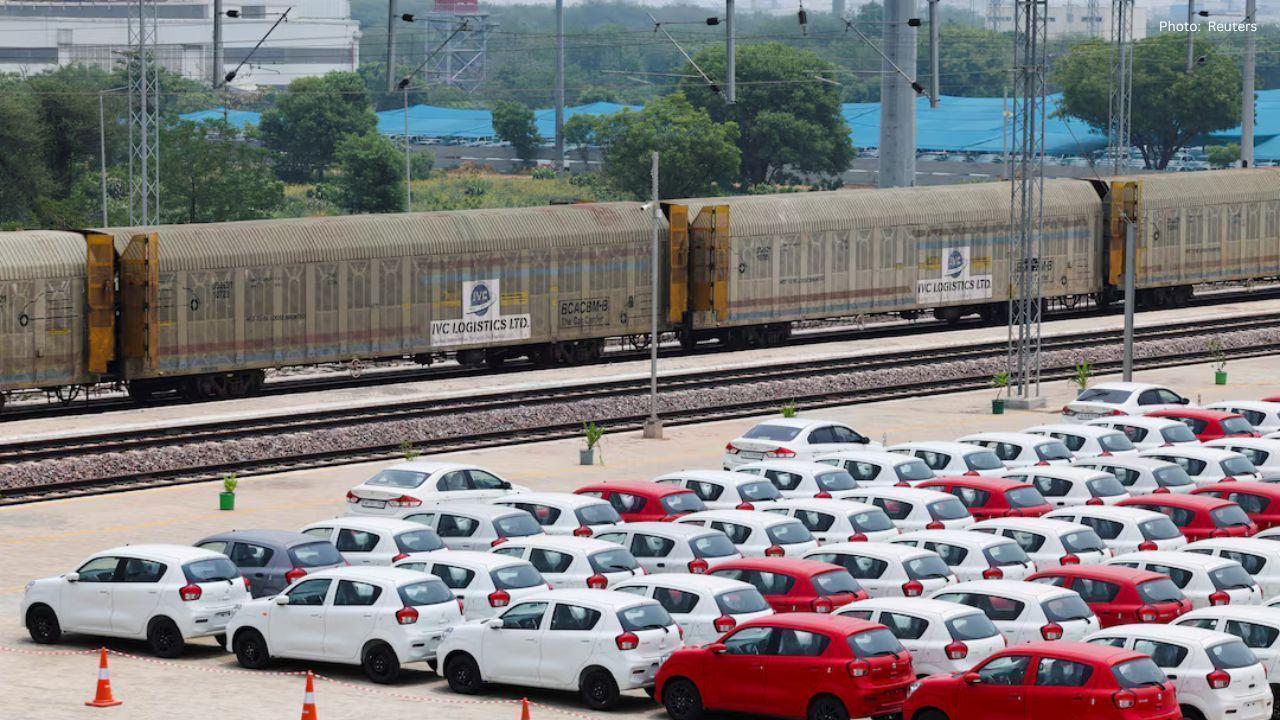
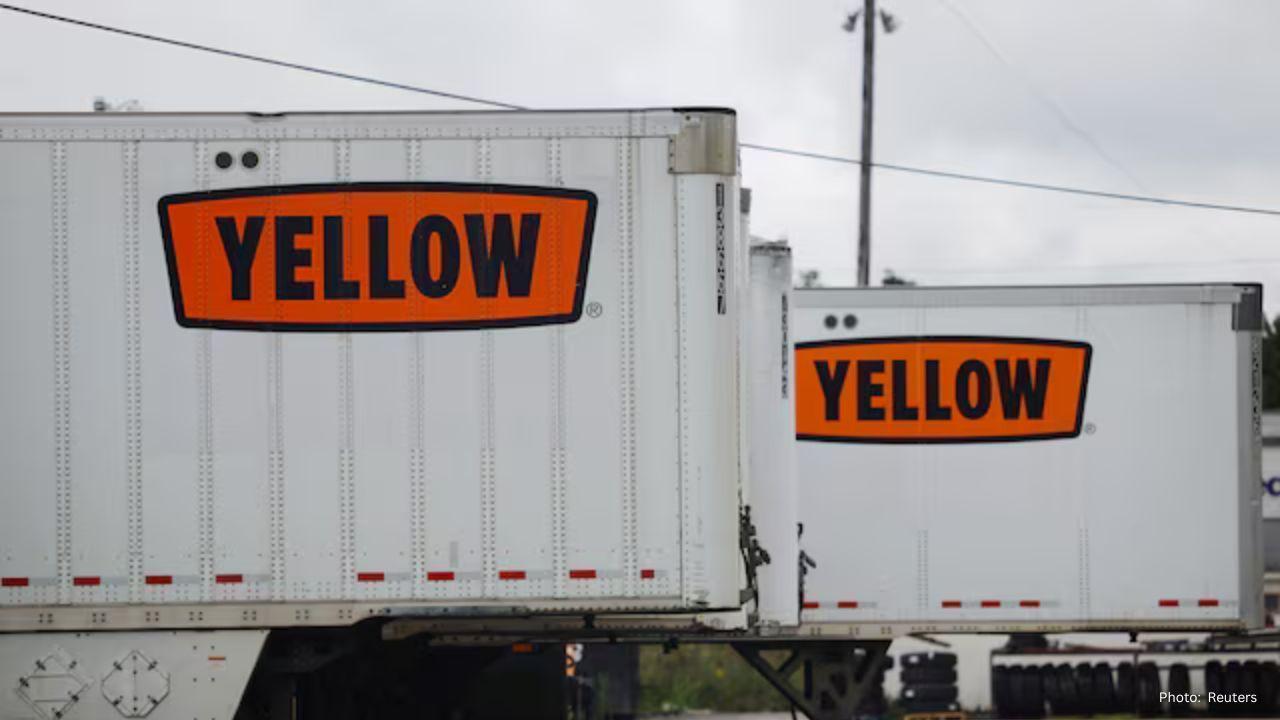
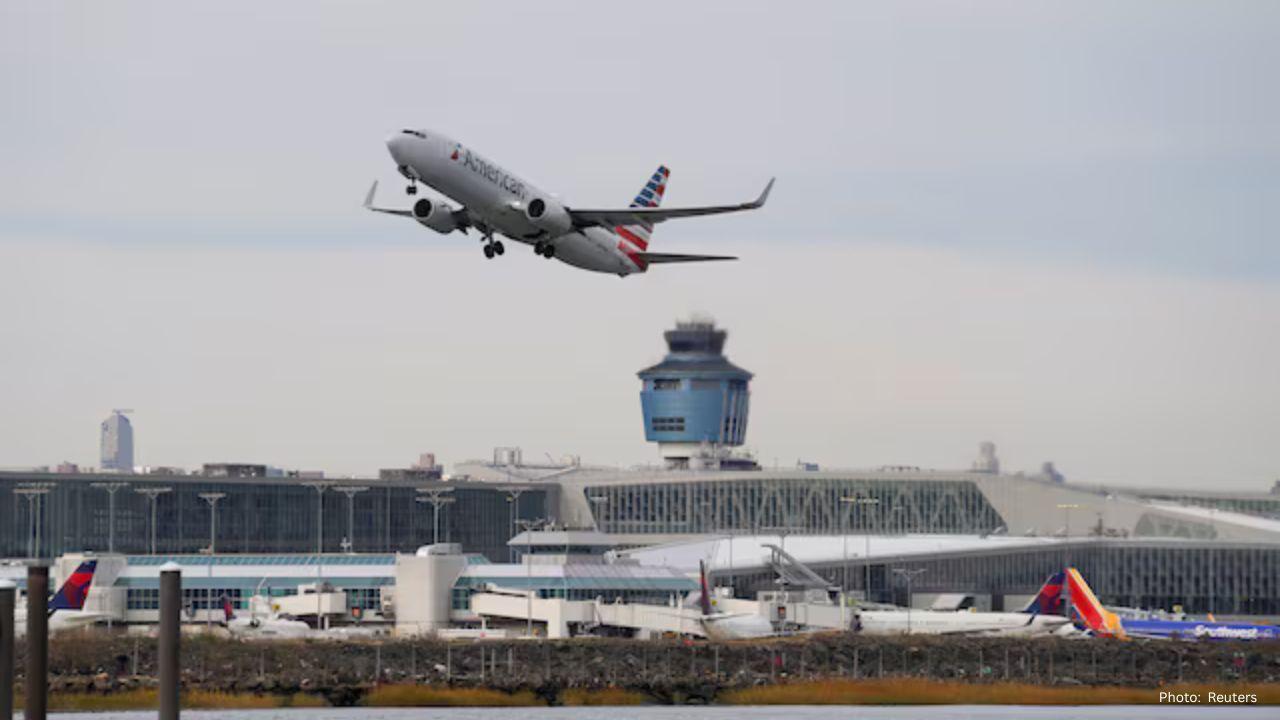
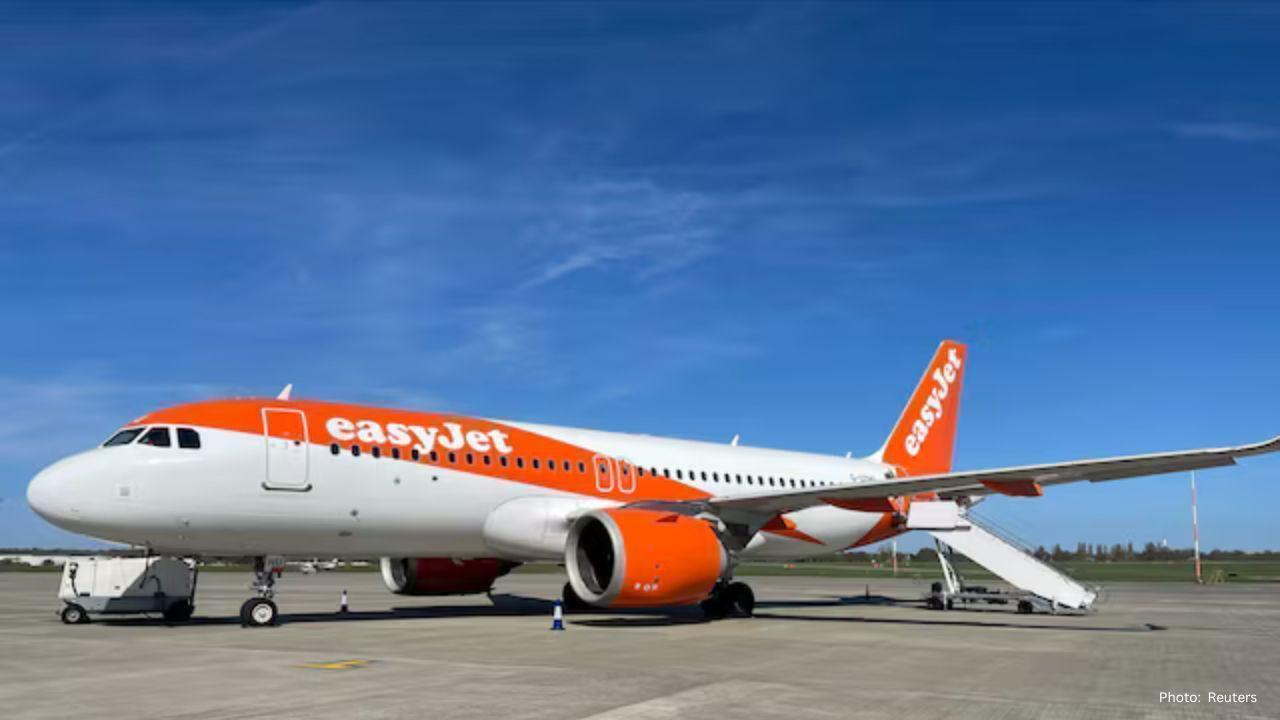


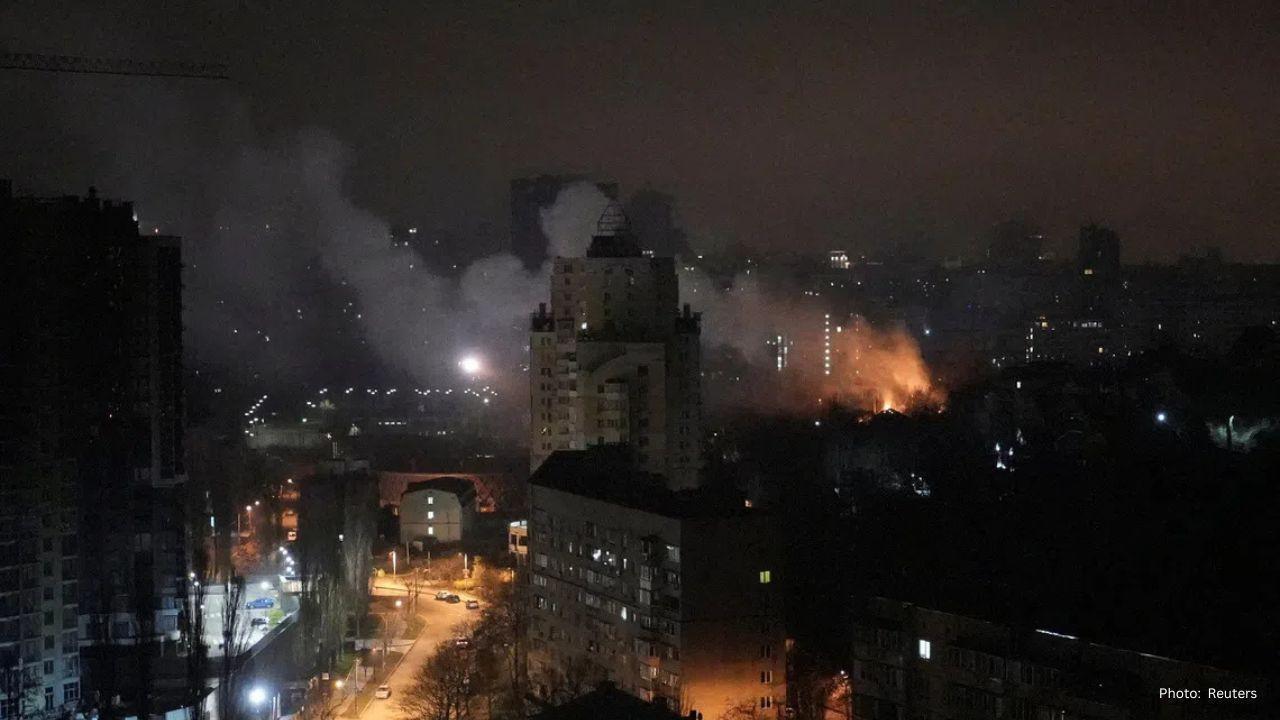
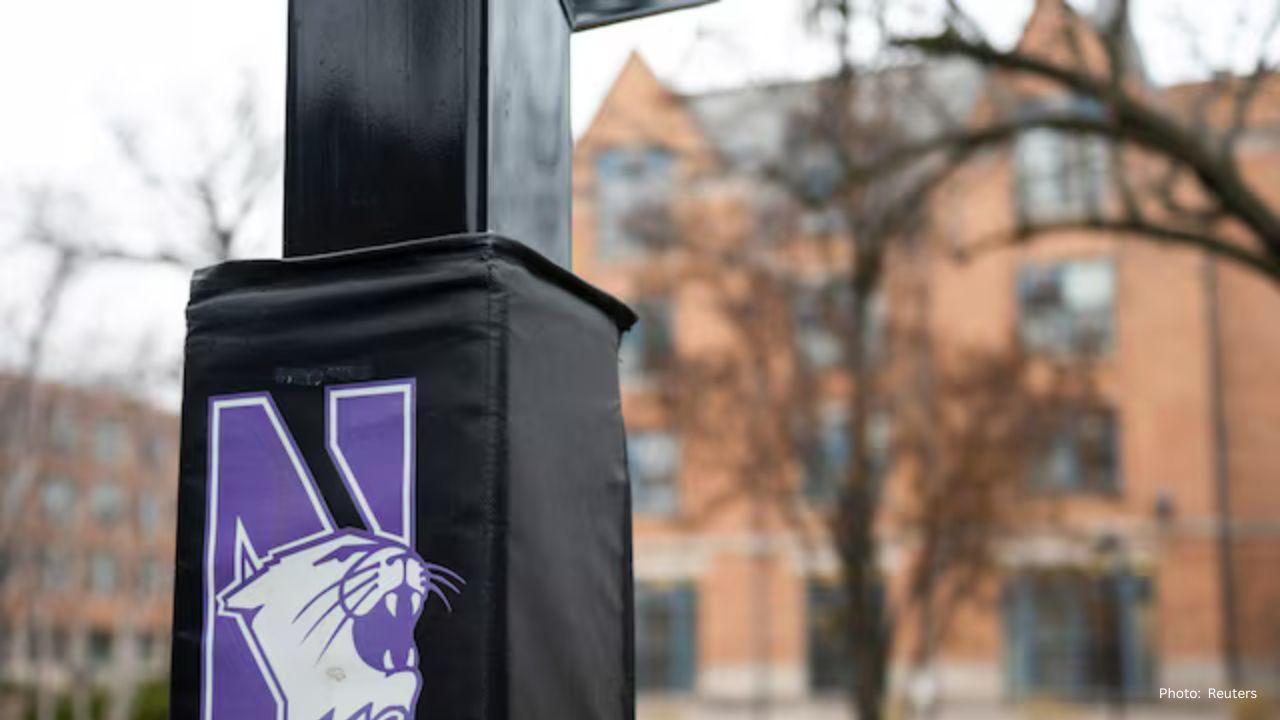
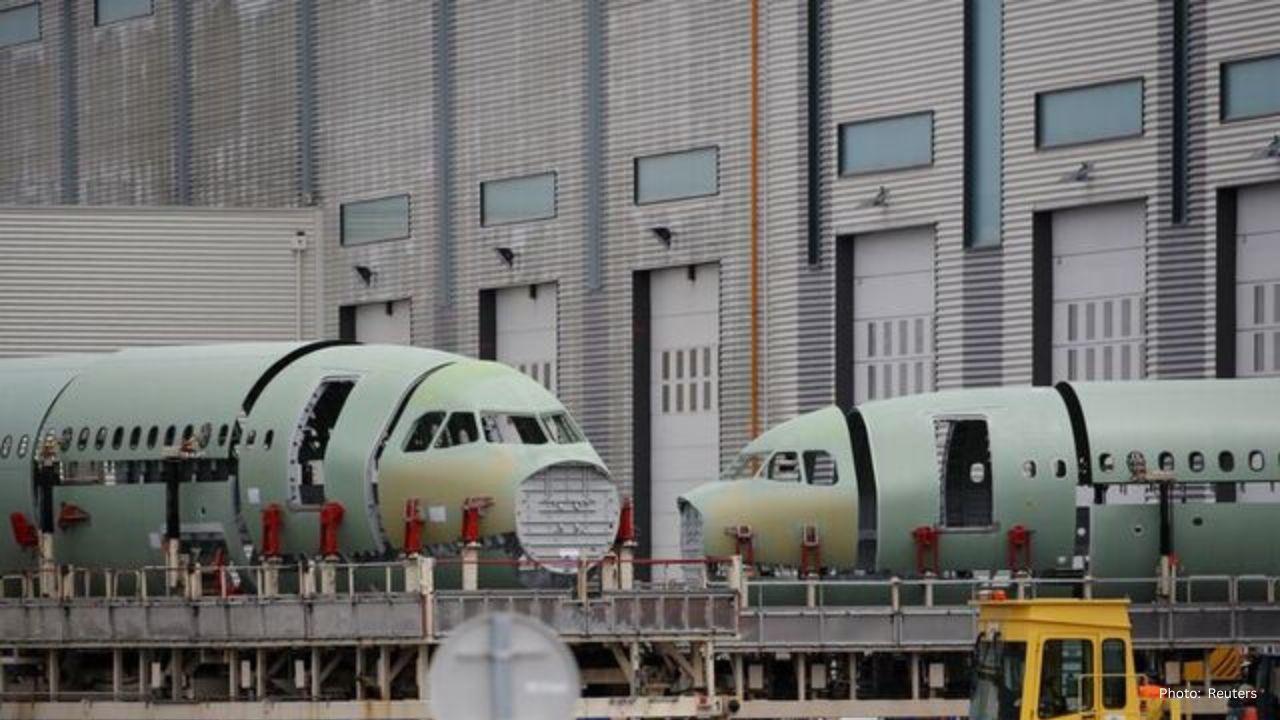
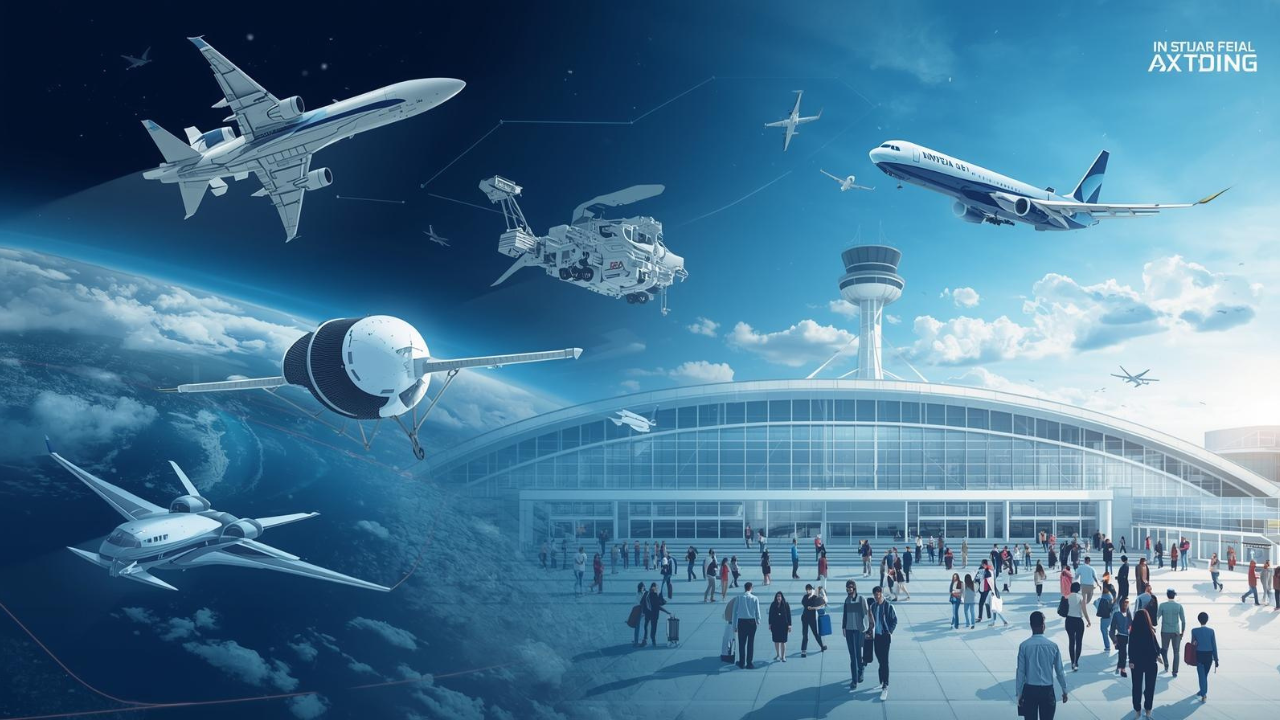
Advances in Aerospace Technology and Commercial Aviation Recovery
Insights into breakthrough aerospace technologies and commercial aviation’s recovery amid 2025 chall
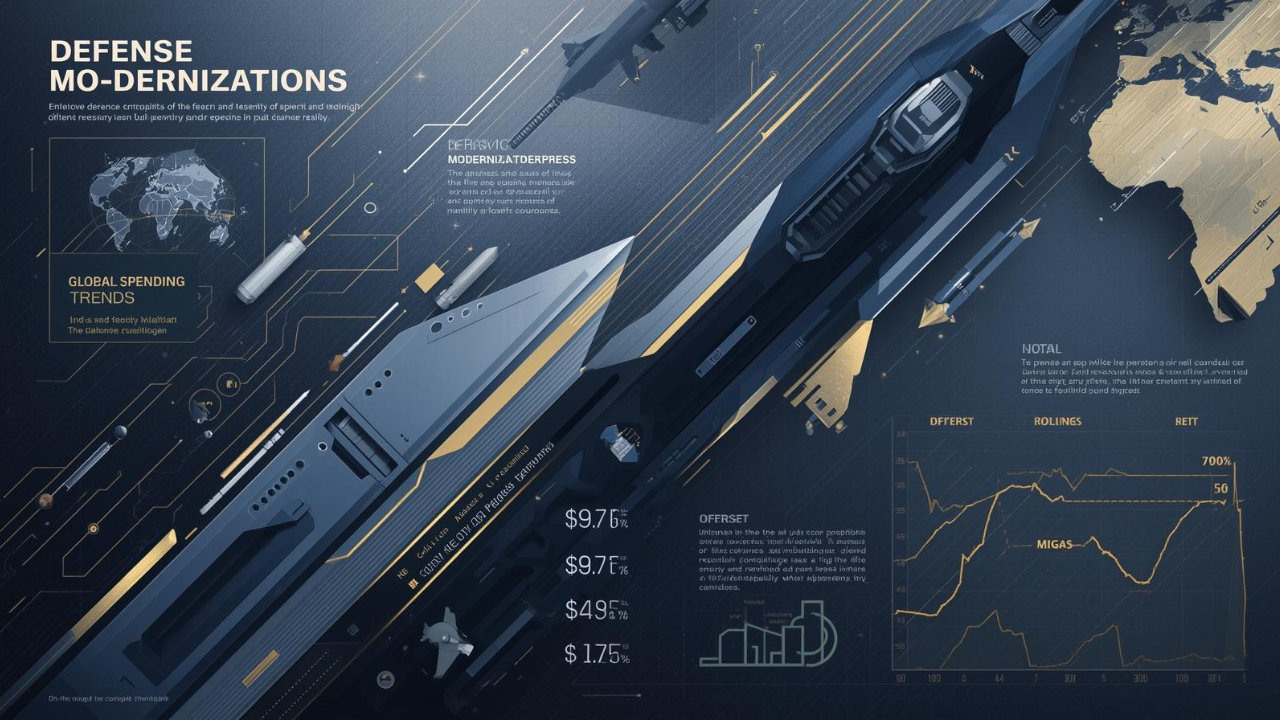
Defense Modernization and Strategic Spending Trends
Explore key trends in global defense modernization and strategic military spending shaping 2025 secu

Tens of Thousands Protest in Serbia on Anniversary of Deadly Roof Collapse
Tens of thousands in Novi Sad mark a year since a deadly station roof collapse that killed 16, prote
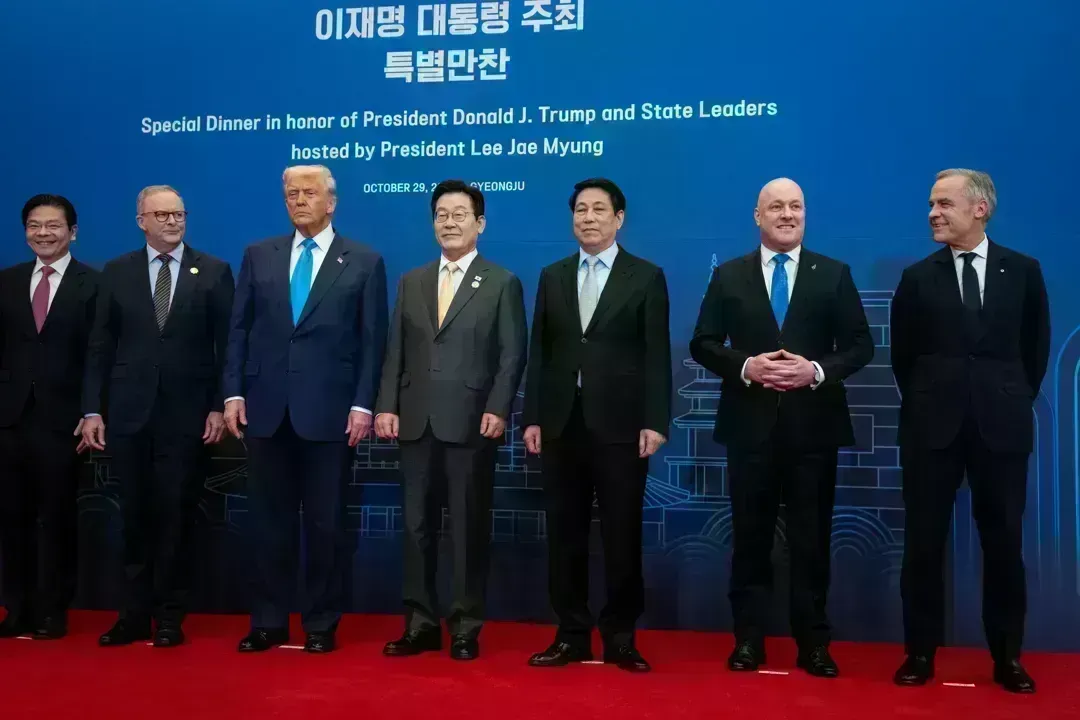
Canada PM Carney Apologizes to Trump Over Controversial Reagan Anti-Tariff Ad
Canadian PM Mark Carney apologized to President Trump over an Ontario anti-tariff ad quoting Reagan,

The ad that stirred a hornets nest, and made Canadian PM Carney say sorry to Trump
Canadian PM Mark Carney apologizes to US President Trump after a tariff-related ad causes diplomatic

Bengaluru-Mumbai Superfast Train Approved After 30-Year Wait
Railways approves new superfast train connecting Bengaluru and Mumbai, ending a 30-year demand, easi